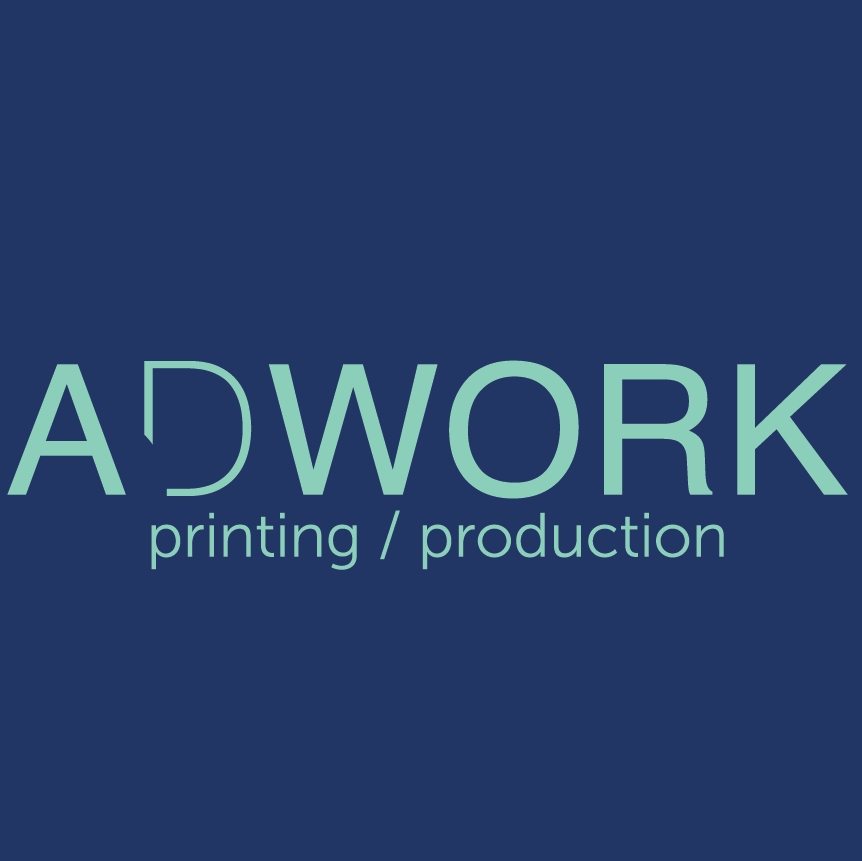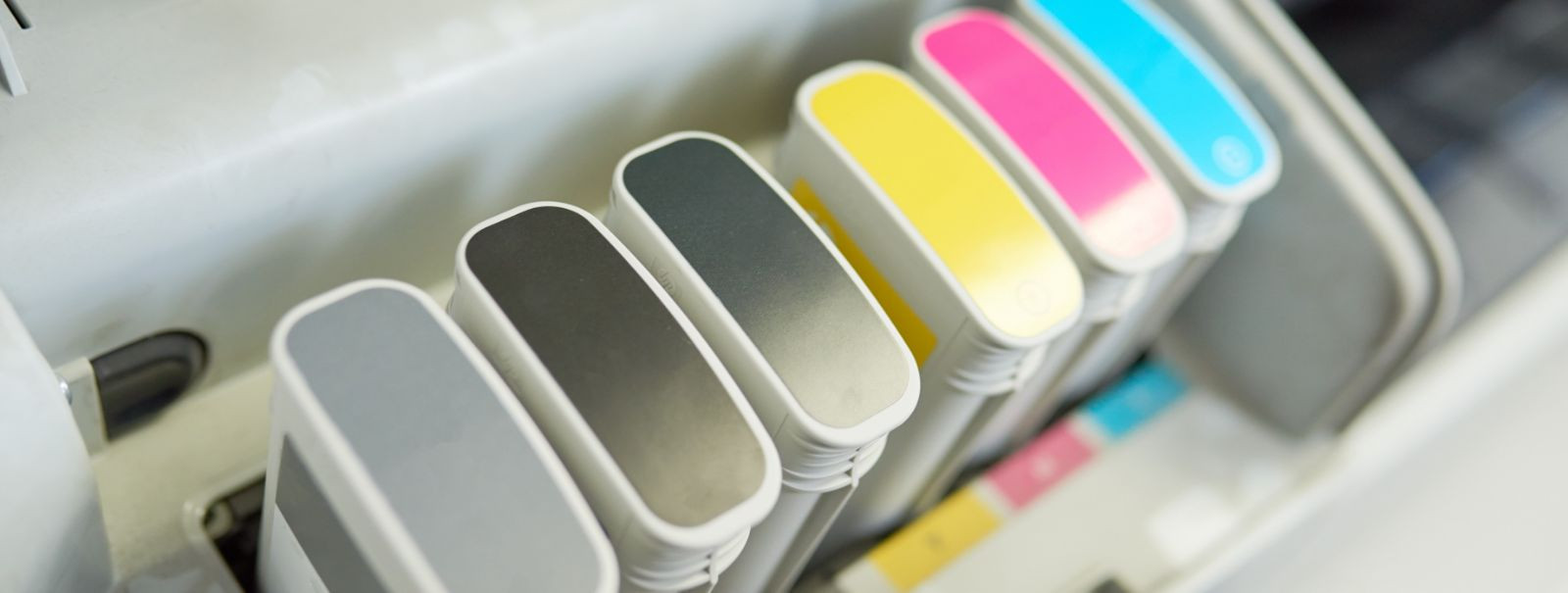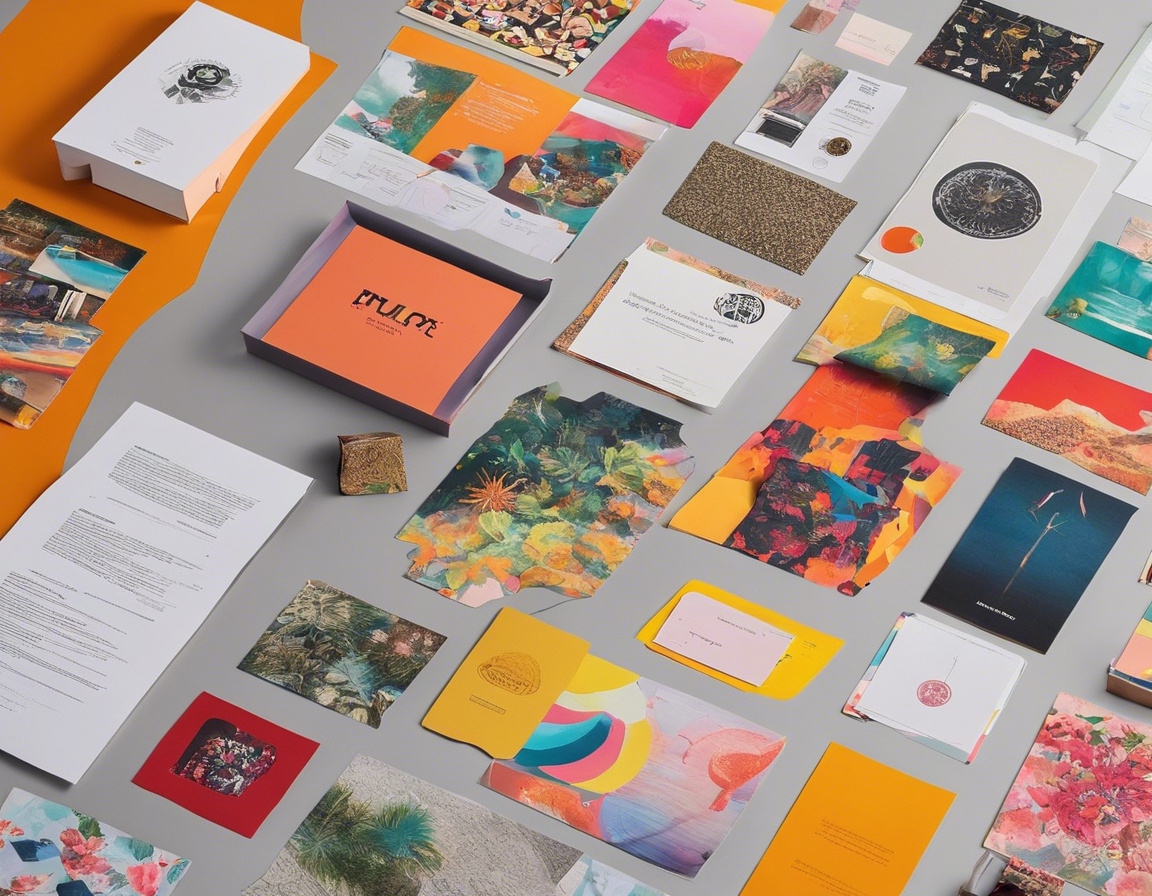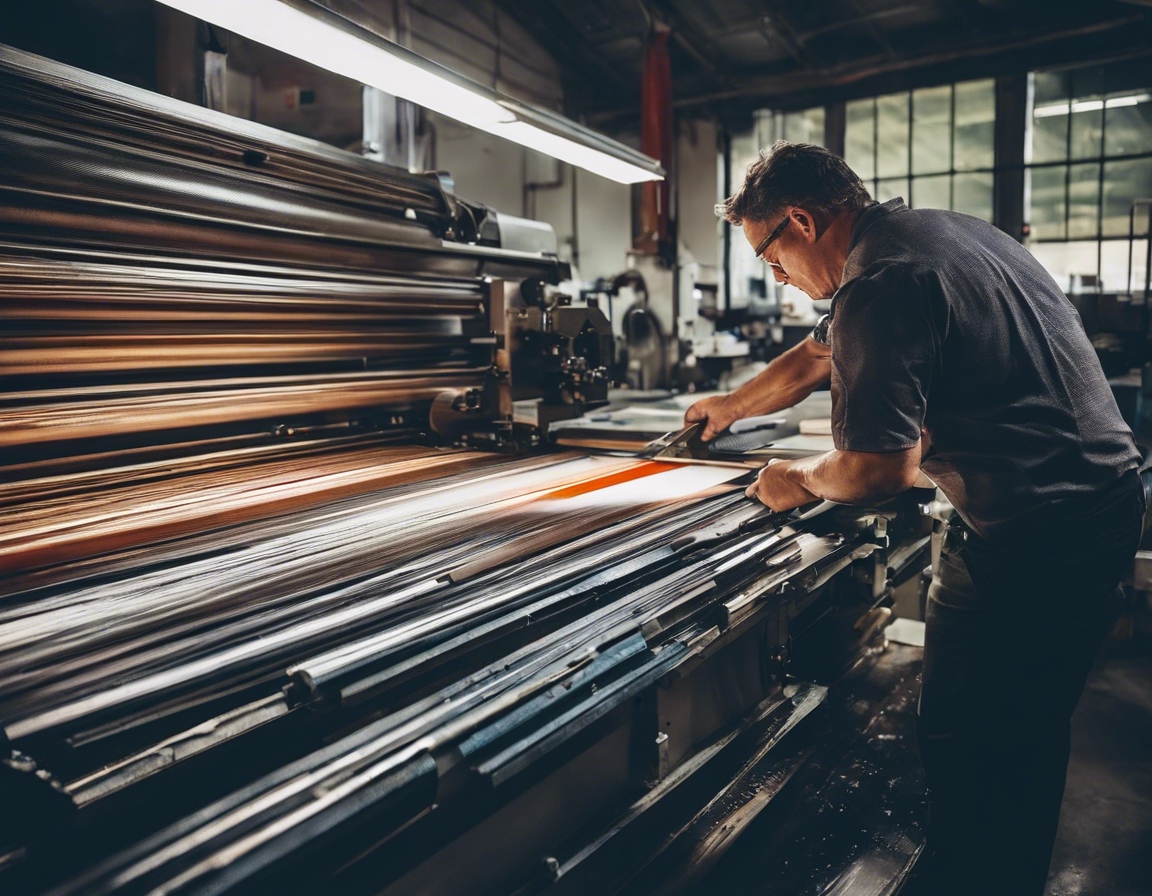Offset vs. digital printing: which is best for your project?
Offset printing, also known as lithography, is a traditional printing technique where the inked image is transferred (or 'offset') from a plate to a rubber blanket, then to the printing surface. This method is renowned for its high image quality and is commonly used for large print runs such as newspapers, magazines, and brochures.
Digital printing, on the other hand, is a modern printing process that involves the direct application of ink onto the paper using digital technology. It's a versatile option that allows for easy customization and is ideal for smaller print runs with a quick turnaround time.
Comparing Offset and Digital Printing
When it comes to print quality, offset printing has the edge, especially for larger quantities. The precision of offset presses ensures crisp, clean, and consistent images and type. Digital printing has made significant advances, though, and for many projects, its quality is indistinguishable from offset.
Offset printing generally has a higher setup cost due to the plates that need to be created. However, this cost is amortized over larger print runs, making it more cost-effective for high-volume orders. Digital printing has lower setup costs, making it more economical for small to medium-sized runs.
For projects requiring a quick turnaround, digital printing is the clear winner. Without the need for plate creation and drying time, digital prints can be produced much faster. Offset printing, with its longer setup time, is better suited to projects where the deadline is not as tight.
Digital printing shines in its ability to customize individual pieces within the same print run. This is particularly useful for personalized marketing materials like direct mail campaigns. Offset printing doesn't offer this level of customization without significant cost and time increases.
Offset printing can handle a wider range of materials and sizes, offering more options for unique projects. Digital printers have limitations on the thickness and size of the paper they can use, which may affect the final product.
Offset printing is known for its superior color accuracy and consistency, particularly for projects that require exact color matches. Digital printing has improved but can still struggle with large areas of solid color and subtle gradients.
Environmental considerations are increasingly important. Digital printing tends to be more environmentally friendly, with less waste and fewer chemicals used in the process. Offset printing, while making strides in sustainability, still has a larger environmental footprint.
Choosing the Right Printing Method for Your Project
When deciding between offset and digital printing, consider the size of your print run. For large-scale projects, offset may be more cost-effective, while digital is better for short runs.
Think about who the end recipient of your printed material will be and what message you want to convey. High-end clients may appreciate the quality of offset, while a more general audience might not discern the difference.
Your design might dictate your choice of printing method. If you require special inks, coatings, or paper types, offset printing may be necessary. For simpler designs, digital could be sufficient.
Finally, your budget and timeline are crucial in the decision-making process. Offset printing might offer savings for bulk orders, but if you need something quickly or have a limited budget, digital printing could be the way to go.






Comments (0)